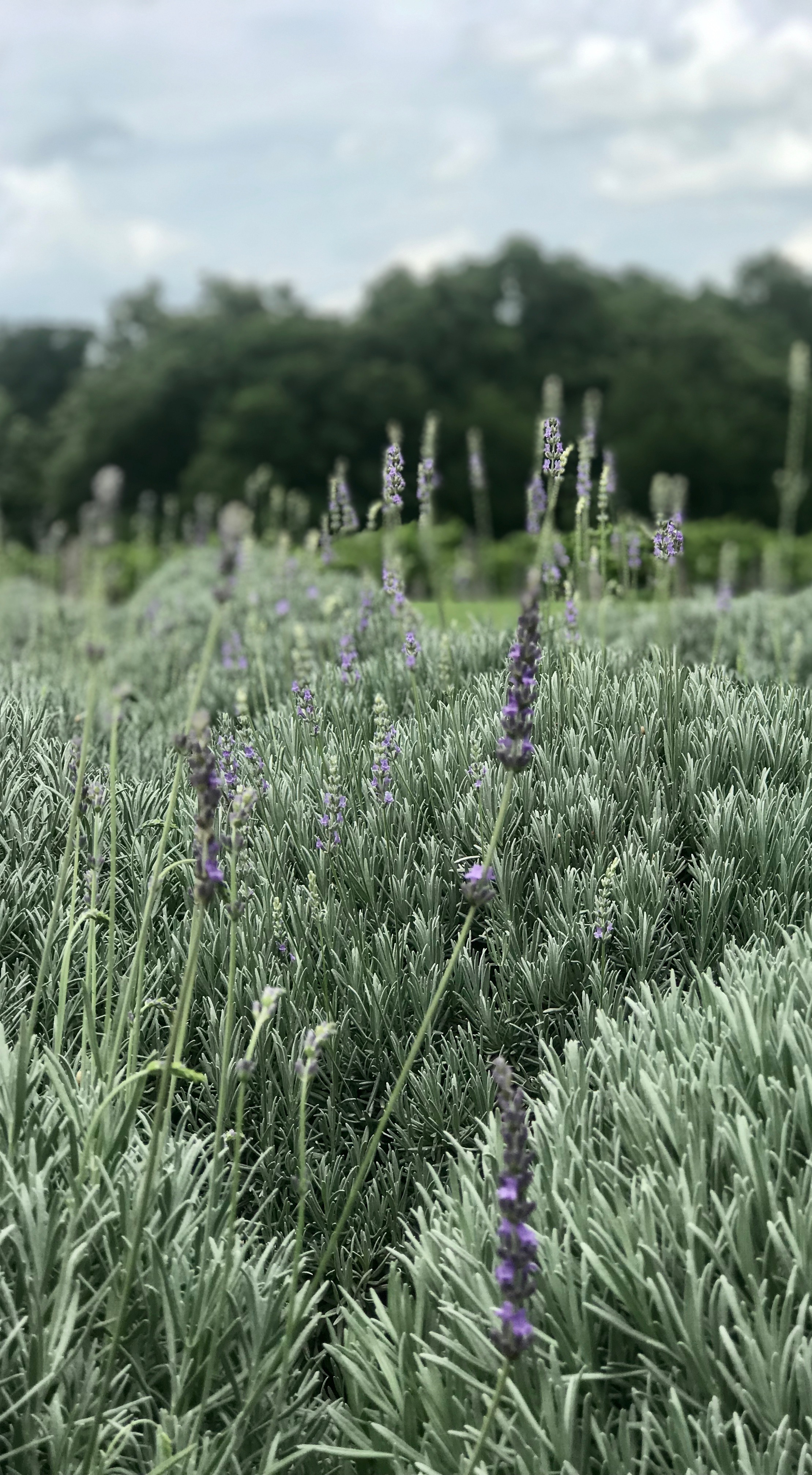Taking Root: Tips for growing your own Lavender in Texas
Lavender, known for its lovely aroma, namesake color and calming effects, can be a bit particular to grow. In this post, StarHill Farms Head Gardener, Jerry Winkelmann, goes over the basics to growing your own lavender, including it’s drier tendencies and trimming needs.
Growing lavender can be easy, if you allow. Growing lavender in southeastern Texas provides a lot of challenges as opposed to if you live in a drier climate. I will briefly describe the growing process in my area.
Which lavender species is best for you?
First, research the species of lavender that works for where you are.
Are you growing in a pot or in the ground?
Also, decide if you are growing in the ground or in a pot. If you choose to grow it in a pot, you will face a bit more of a challenge.
Seed or plug?
I prefer working with small plugs rather than seed due to germination difficulty.
Watering tips.
Lavender only needs to be watered when it is planted until it takes root. Once established, you don't really need to water. Lavender doesn't like humidity and a lot of rain. If you are growing in a pot you will have to water it from time to time, but treat it like a cactus. Lavender like it dry. To me, that is the key for successful growth.
Keep your crop happy.
Usually, by year three, you will most likely have to replace your crop. Also the lavender like to be trimmed. If they go most of their life untrimmed, they will tend to lose their leaves and become woody. So do your research, and decide if it's right for you. Lavender is a challenge, but it smells oh so good!


